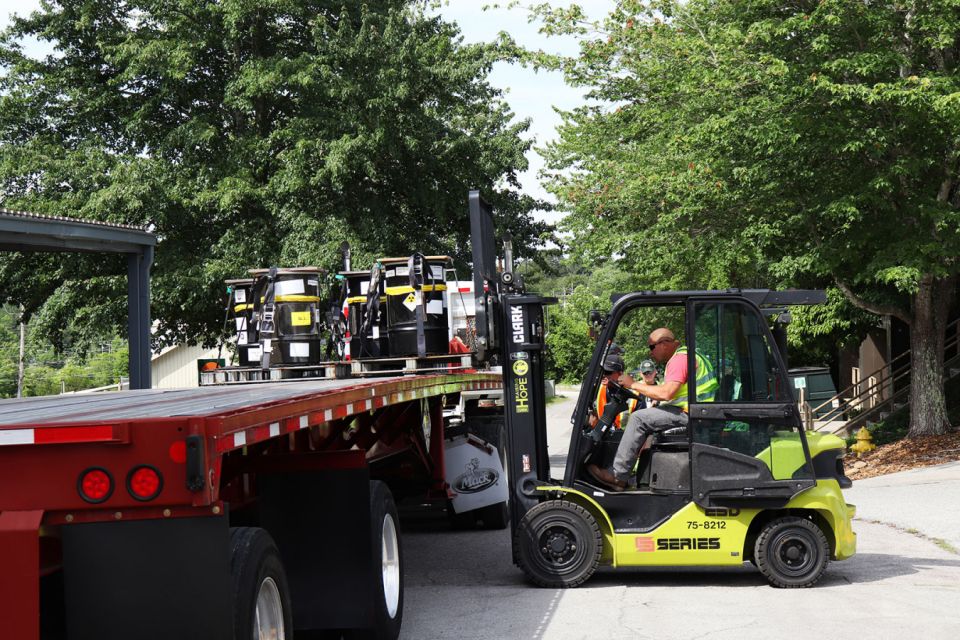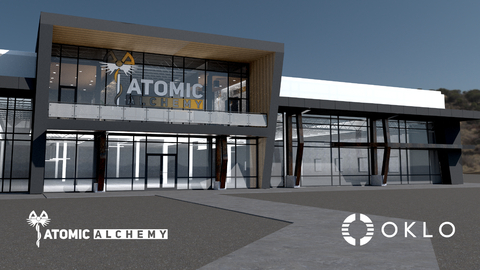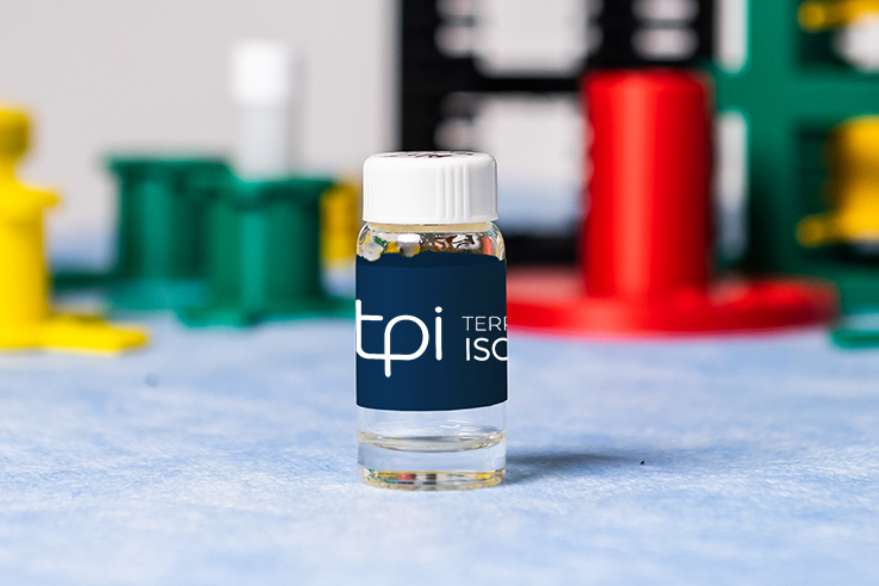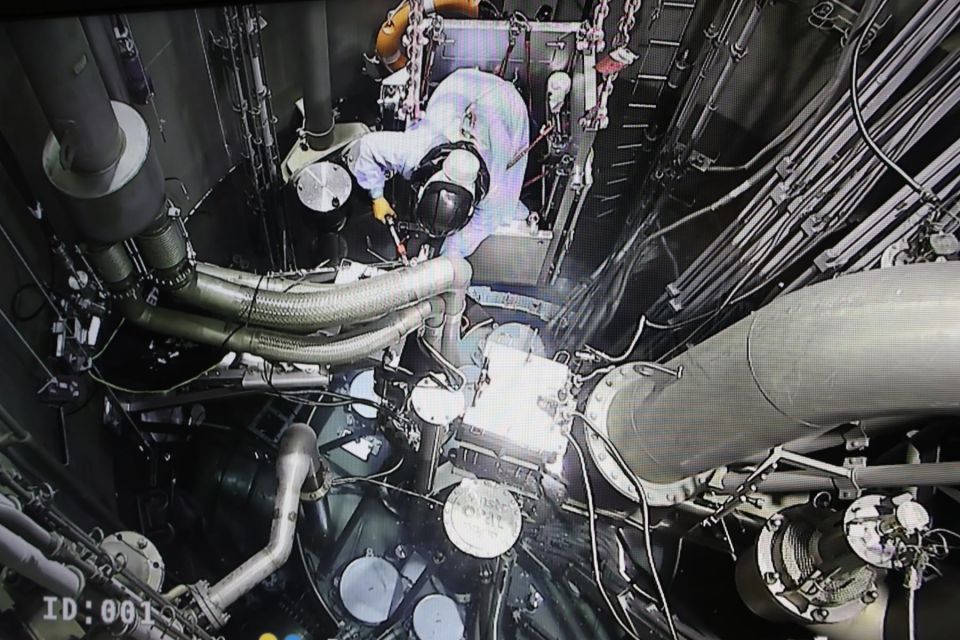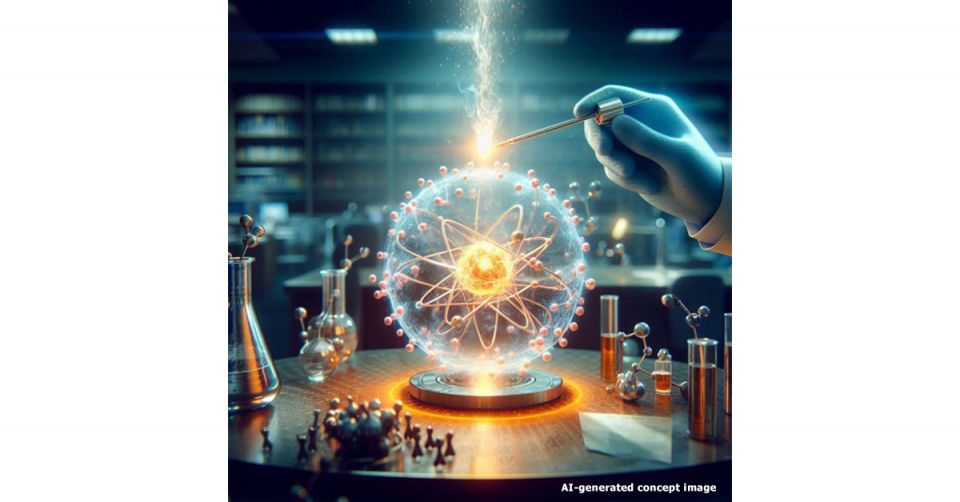Radioisotopes: The unseen infrastructure
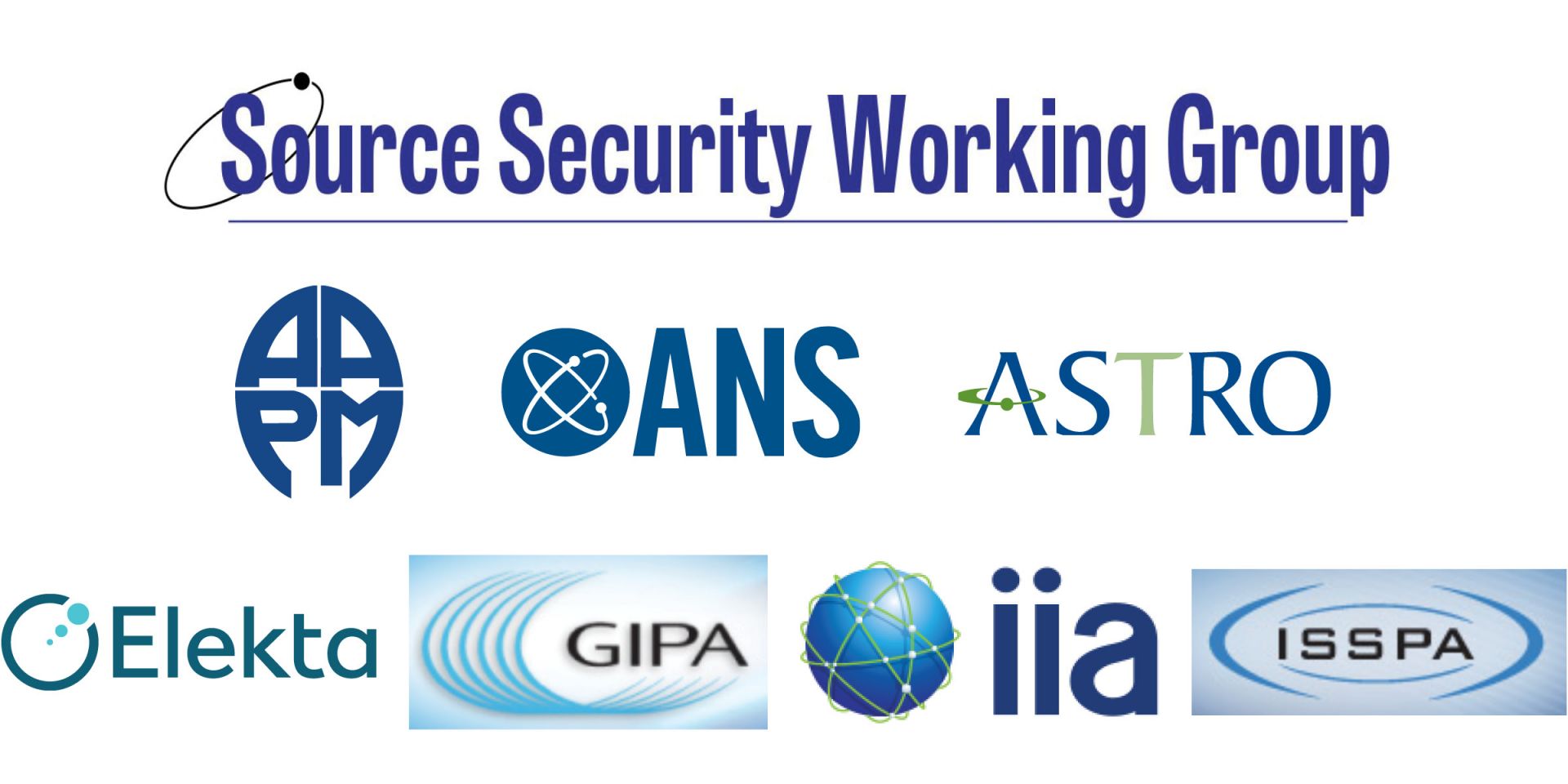
What is one thing that bridges, oil wells, and cancer treatment therapies have in common? Reliance on radioisotopes. Radioisotopes have played an important role in our society for decades, yet their benefits often go unrecognized. As Congress makes progress on new bipartisan infrastructure legislation, radioisotopes are essential to bringing new infrastructure projects to life.
Most people are familiar with how nuclear power plants generate carbon-free electricity to power our homes and businesses. But the benefits of radioisotopes and their uses in our daily lives go far beyond carbon-free nuclear energy. Many cancer survivors or their family members can appreciate how radiation therapy is used to treat cancerous tumors. Further, radioisotopes are used in many advanced imaging procedures to diagnose a wide range of medical conditions. Radiation is also used to sterilize a variety of medical devices ranging from single use devices such as adhesive bandages, latex gloves, and needles, to scalpels and implantable devices like artificial joints and heart stents. It may be surprising to learn that much of our food is similarly sterilized, using low levels of radiation to reduce the presence of insects and microorganisms, making food safer for consumption and extending shelf life.
The uses of radioisotopes do not end there. When people think of radioisotopes, they are likely not thinking about bridges and infrastructure. For example, inspectors use radiography cameras to inspect welds in bridges and pipelines in a manner similar to how a doctor or dentist inspects our bones and teeth with an X-ray machine. While a hospital can generate X-rays using electricity, an extension cord cannot be run to the top of a suspension bridge. Instead, radiography cameras utilize a sealed radioactive source to create the gamma rays needed to produce the image for the inspection.
New infrastructure projects are also intended to improve the capacity of our transportation system. While we are seeing an increase in the number of electric vehicles, most of the vehicles using these roads and bridges will use gas or diesel-powered engines. Radioisotopes are used to log oil wells, which allows drillers to accurately and safely extract oil from the ground. Some of this oil will eventually be refined into the gas that fuels these vehicles.
Safety is always the highest priority when it comes to using radioisotopes. Federal and state authorities have robust regulatory regimes for the use of these materials. Facilities that use these sources employ radiation safety officers who ensure compliance with these regulations. In many cases, these sources emit low levels of radiation, posing little to no health risk in the very unlikely event that all safety measures failed, and a person was exposed to the isotope.
The next time you think of infrastructure, put yourself in the shoes of a patient traveling to the hospital for radiation therapy or a diagnostic imaging service. This person is most likely driving in their car fueled by gas that was refined from oil found using radioisotopes, perhaps crossing a bridge that was inspected using radioisotopes. The hospital might also be receiving its electricity generated from a nuclear power plant.
Although you can’t see them with the naked eye, these radioisotopes play just as important and beneficial of a role in our society as roads and bridges. In that sense, radioisotopes deserve recognition as infrastructure.
Matt Reiter, Vice President of Capitol Associates, on behalf of the Source Security Working Group (SSWG), an alliance of professional societies and corporations seeking to ensure safe and secure access to radiological sources.
Co-signed by SSWG members:
American Association of Physicists in Medicine
American Nuclear Society
American Society for Radiation Oncology
Elekta
Gamma Industry Processing Alliance
International Irradiation Association
International Source Suppliers and Producers Association



